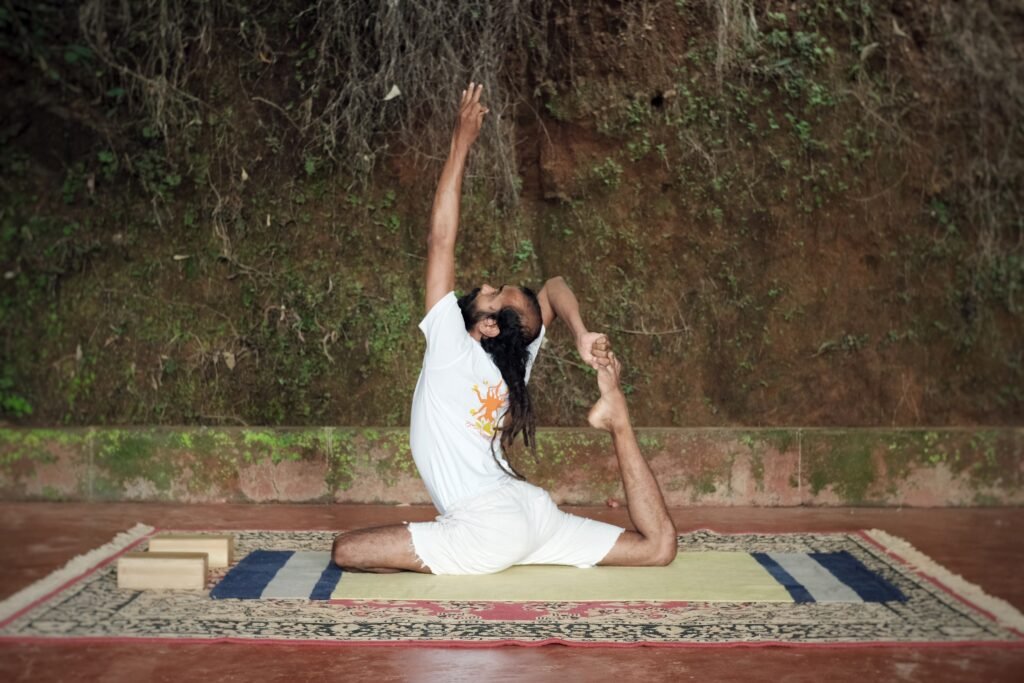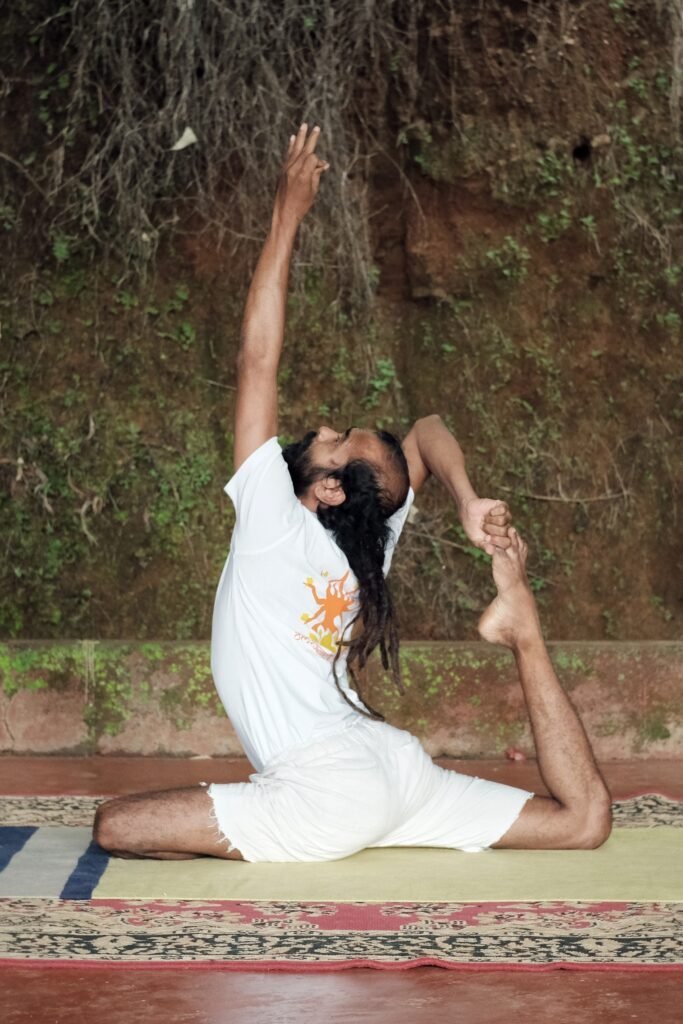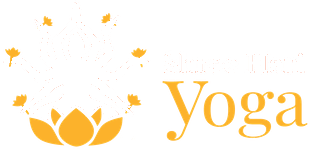
One of the most challenging yoga poses is the Eka Pada Rajakapotasana, popularly referred to as the King Pigeon Pose. This asana’s name is derived from the Sanskrit words “eka” for “one,” “pada” for “foot,” “raja” for “king,” and “kapota” for “pigeon” For many people, the one-legged king pigeon pose (Eka Pada Rajakapotasana) provides a much-needed deep hip opening.
Your body’s movement is centered on your hips. Opening this area will increase your range of motion, improve circulation to your lower extremities, and make you feel more at peace during meditation, seated poses, and daily life.
King Pigeon Pose will inevitably cause some emotions to surface because it opens both your hips and your heart. The pose will be much more satisfying if you have experience managing this vulnerability and emotional release. You will know when you are psychologically and physically prepared to do it; have faith in yourself.
This posture can be a powerful therapeutic technique and a terrific way to improve your flexibility, confidence, and sense of inner strength and self-love when used with humility and awareness.
It’s a strong stretch that necessitates careful alignment, so approach this position with awareness and consideration. Take your time, and focus on breathing.
Benefits of Eka Pada Rajakapotasana
-
Anatomical benefits
- Muscles: While holding this position, the muscles at various levels of the body are toned- pelvic region, hamstrings, lower back, hips, thighs, psoas, abdomen, chest, shoulders, and calves. These muscles’ total toning contributes to the overall toning of the entire outer body.
-
Health Advantages:
- Organs: The internal abdominal organs are stimulated when the abdominal muscles and psoas muscles are worked. The pancreas, liver, and kidney are all properly massaged, allowing for efficient secretion of the digestive juices for good digestion. This enhances the efficiency of these organs.Stretched and toned pelvic muscles make room for a better reproductive system. The chest muscles expand, allowing the heart and lungs to work correctly. The neck stretch creates space for the thyroid glands to function properly. As the muscles are stretched out in this stance, the internal organs are often toned.
-
Symptoms:
- This position eases leg cramps, which helps the sciatic nerve, neck stiffness, and any lower back irritation. It also improves digestion, which helps migraine sufferers. It is possible to fix the sagging shoulders to provide the appearance of strength and firmness. Women’s menstrual cramps can be healed. Due to the stretching of the entire spine, any neurological imbalance is improved.
-
Therapeutic applications:
- The thyroid is normalized, the uterus functions, the immune system, and back pain is relieved. Urinary problems are managed medically.

Eka Pada Rajakapotasana Contraindications:
- Injuries: These can occur everywhere, including the shoulders, hips, knees, ankles, etc. It’s best to prevent inflammation in the shoulders, neck, and back.
- Organs: Performing this asana without first focusing on other, simpler asanas to improve the digestive system may not be helpful if an internal organ is weak and thus results in weak digestion. Pregnant women should stay away from this advanced stance. someone who has severe asthma and a weak heart.
- Others: This pose should be avoided by anyone experiencing severe depression and anxiety. Work on your flexibility with the easier forms of Kapotasana before attempting this more challenging position because it might be uncomfortable if you have less flexibility. As a lot of stress is placed on the hip, knee, and foot during this activity, someone with severe osteoporosis should avoid it.
- Most contraindications can be gradually worked around by practicing under a professional’s supervision. One can gradually gain confidence and ensure that the body moves smoothly unless the doctor advises against it.
5 WAYS TO TRY THE PIGEON POSE
-
-
TRADITIONAL PIGEON POSE
-
Place the right foot behind your right wrist while standing in the downward-facing dog pose (tabletop or Adho Mukha Svanasana).
Then, lower the right knee to the mat behind your right hand and incline the outside of right foot behind your left wrist.
As you drop your pelvis toward the mat, step or slide your left foot further back until your left leg is straight behind you.
Note:
Neither the angle of the front knee nor the placement of the front foot is “one size fits all.” Find your body’s most comfortable position through exploring. Reducing the external rotation necessary in your right hip requires angling your shin closer to the opposite hip.
Push the front edge of your foot firmly into the mat.
You can keep your torso upright and bear the weight of your upper body on your arms, or you can fold toward your front leg for a deeper hip stretch.
-
-
PIGEON POSE WITH A BOLSTER
-
The amount of external hip rotation required of your hip and the intensity of the stretch in your back thigh are decreased by lifting and supporting your pelvis. Several feet behind your hands, in Downward-Facing Dog, spread a bolster horizontally across the mat.
Lower your right thigh or glutes onto the bolster by crossing your right leg forward and in front.
You have two options: fold toward your front leg for a deeper stretch in your front hip or keep your torso upright and support your upper body with your arms.
-
-
PIGEON POSE WITH A CHAIR
-
As you come into Downward-Facing Dog with your hands on the edge of the seat of a chair, place a bolster horizontally across the seat.
As you lift your right foot and lay the outside on the bolster’s left side, tuck your right hip toward it. Move your left foot back to lower the back of your front leg onto the bolster if you want to stretch more intensely.
-
-
SEATED PIGEON POSE
-
Place your feet hip-distance apart, slightly in front of your knees, as you sit toward the edge of the chair. Cross your left thigh over your right ankle.
By spreading your toes and pressing through the big toe edge of your foot to flex your foot, you may keep your right foot and ankle active.
The stretch increases as you push your right heel closer to your left hip.
You can either remain in this position or slowly fold toward your right thigh while placing your hands on your hips.
Tip:
You can also perform this while seated on your mat, your left heel resting on the floor, and your hands supporting you from behind. Once more, the stretch is deeper the closer you push your left heel toward you.
-
-
RECLINING PIGEON POSE
-
Put your feet flat on the mat a few feet in front of your hips after rolling onto your back and bend your knees. Cross your left thigh over your right ankle.
You can keep your right foot and ankle moving by spreading your toes and pressing through the big toe side of your foot.
Place your hands at your sides or entwine your fingers behind your left thigh, then comfortably lift your leg toward you.
Step your left foot or gently bring your left thigh closer to you to increase the stretch in your right hip.

